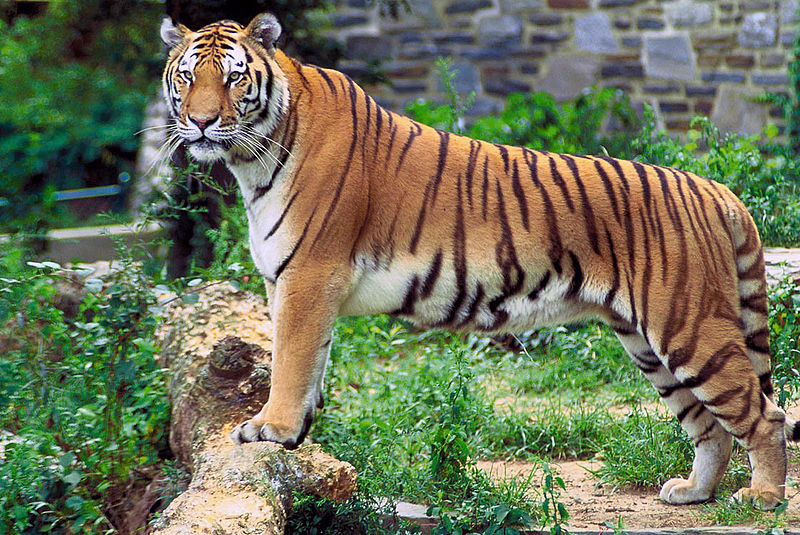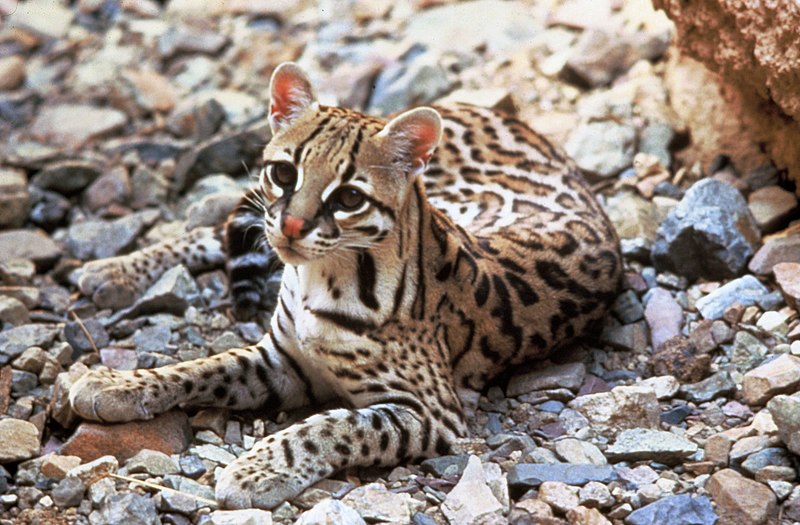We’ve heard of the term “big cats,” but what does it mean exactly? Is it solely a size classification? If so, where do we draw the line? The lion is certainly big, but a clouded leopard is of a more moderate build, and an ocelot, while smaller, is still larger than the household tabby. If poundage alone is the factor, then Fat- Ass McFluff down the road could be considered wild game. Like many confusing terms, the classification between “big cat” and “small cat” is an informal one. So “big cat” isn’t truly an academic term. But we hear it often enough, so we should know what it means.
The main differences between the two groups are size (duh) and the ability to roar. Yep. “Big cats” are big and “small cats” are small (sort of). But only the “big cats” roar (with the exception of the snow leopard, silly baby). Roars are generated by an elongated larynx; the longer the larynx, the bigger the roar. Oddly enough, the snow leopard has a similar larynx but still cannot roar.
Some big ones: lion, tiger, leopard, cheetah
Some small ones: ocelot, margay, lynx


No comments:
Post a Comment